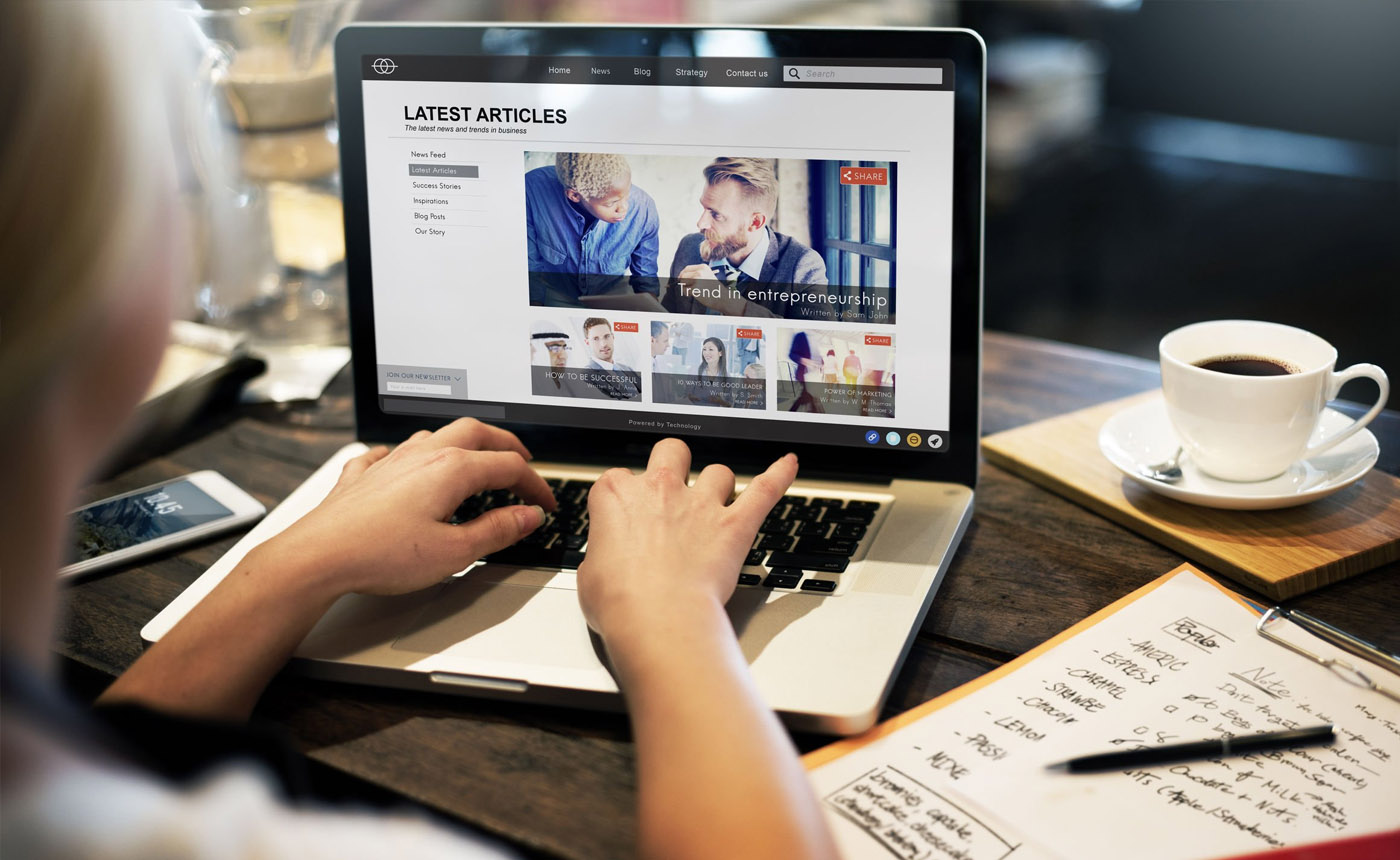Websites and mobile applications are in a constant state of flux, with a fresh set of fashionable design parameters altering the way corporations configure digital assets and the methods customers use to consume content.
And if you’re a corporation that’s working to make your website more accessible to all users, chances are you’ve heard of the Web Content Accessibility Guidelines (WCAG). The widely accepted standards for modern digital accessibility, WCAG presents rules for web developers who are looking to deploy accessible websites and apps. The World Wide Web Consortium (W3C) created the WCAG effort in a global collaboration of public and member organizations seeking to open up the Internet to everyone.
Why Achieving WCAG Compliance Matters to You
For the Internet to be open to everyone, accessibility has to mean inclusion. The WCAG guidelines that constitute a fully accessible website are significantly aligned with the ultimate goal of inclusion, which is to level the playing field so everyone possesses the same opportunity for online autonomy and that no one’s voice is left unheard.
In more concrete terms, many accessibility requirements focused on inclusive design also benefit website users. For example, accessibility benefits people with low literacy or who aren’t fluent in a particular language; people with low bandwidth connections or those using older technologies; people who are new to the Internet or who infrequently use online resources; as well as people who exclusively use mobile devices.
Corporations must be inclusive to all types of people. Not only is it the right thing to do and legally required by Title III regulations but it's also good for business. Businesses that make accessibility a high priority are known to be innovative, inclusive enterprises whose brand messaging is positive and in line with consumer thinking.
How Do You Achieve WCAG Compliance?
Since the Internet is in a constant state of flux, so is the WCAG. This is expressed in the many different versions of the WCAG that have been released into the online world. WCAG 2.0 is cited in numerous digital accessibility lawsuits, but it’s actually already out of date. Instead, WCAG 2.1 provides further guidance on websites, but especially on mobile devices. But it doesn’t end there—WCAG version 3.0 is well on its way.
If you have a website in the U.S., it must comply with the Americans with Disabilities Act (ADA)—federal legislation that prevents discrimination against disabled individuals. Since the WCAG is cited as the end all, be all standard for digital accessibility during ADA litigation, following WCAG guidelines is crucial for corporations to avoid costly lawsuits.
There are four main principles governing WCAG-compliant websites:
Sites Must Be Perceivable
Every piece of information on the website—along with all features such as buttons, links, etc.—must be presented so that all users can perceive the information by at least one of their senses.
Sites Must Be Operable
All users should be able to interact with the website and successfully navigate it in order for the site to be considered operable.
Sites Must Be Understandable
The information and interface of the site must be understandable to all users. This means that site pages should operate in predictable ways without the chance of input errors.
Sites Must Be Robust
A website’s content must be robust enough that it can be interpreted by an array of users, including those using assistive technologies, such as screen readers.
Each WCAG principle listed above is far more detailed than what we’ve presented here, so be sure to examine the guidelines to their full extent. These guidelines are essential to the realization of full accessibility across all digital platforms and assets.
How Be My Eyes Lends An Accessibility Assist
Be My Eyes is best known as a service network of sighted volunteers, helping blind and low-vision individuals with a wide range of tasks. However, with business solutions such as Specialized Help and Be My Eyes for Work, the company expands the services of corporations to meet the needs of blind and low-vision customers and employees.
For example, Specialized Help enables corporations to use Be My Eyes as an accessibility customer support platform. By utilizing Specialized Help, a company’s support agents can guide and assist visually impaired customers with specific services and products. This extends a company’s traditional support channels—bringing them closer to full accessibility, and supplementing a corporation’s WCAG-compliant website and other digital assets.





